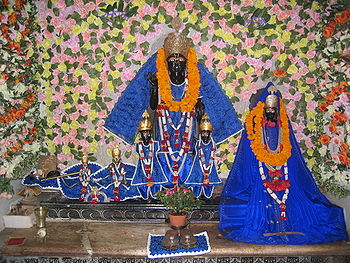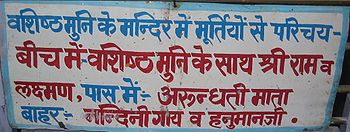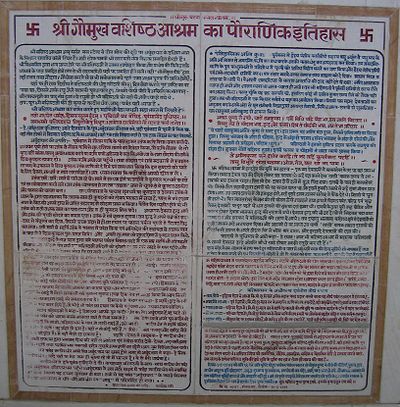Mount Ābu
By Swami Harshananda
Any spot of serenity and natural beauty can be made into either a place of picnic or pilgrimage. The choice depends upon the temperament. Such spots reflect God’s beauty and offer a congenial atmosphere for contemplation upon Him.
One such spot is Mount Ābu situated in southern Rajasthan and at a distance of 170 kms. (110 miles) from the city of Ahmedabad. It is a part of the Arāvalī range of mountains. The summit called Guruśikhara rises to a height of 1700 meters (5610 ft.) above sea level.
Referred to as Arbudā in the Mahābhārata, it is extolled as a tirthakṣetra[1] due to the great sage Vasiṣṭha āśrama being situated there. The Agnikula kṣattriyas of Rajasthan (like the Cauvhāns, Solaṅkis and Parmārs) also originated from this place.
Among all the religious sites, the chief one is the Guruśikhara, because it contains the ‘footprints’ of an ancient sage. The Acāleśvara temple campus has a cleft in the rock containing ‘Siva’s toenail.’ The same campus contains a shrine for Arbuda Mātā, the consort of Śiva and the Mother goddess of the hill. There are also shrines for the sages Vasiṣṭha and Gautama at Gomukha. The temples at Devāṅgaṇa are dedicated to Viṣṇu and Narasimhha.
Mount Abu is also famous for its Jain temples built in marble by the merchant prince Vimalśā (A. D. 1032) and the brothers Tejpāl and Vastupāl (A. D. 1197-1247). These temples are dedicated to Ṛṣabhadeva and Pārśvanātha, the 1st and the 23rd Tīrthaṅkaras.
References[edit]
- ↑ tirthakṣetra is a place of pilgrimage
- The Concise Encyclopedia of Hinduism, Swami Harshananda, Ram Krishna Math, Bangalore




